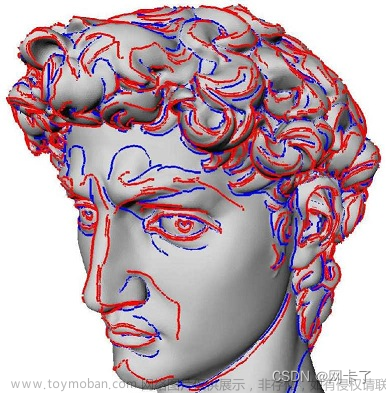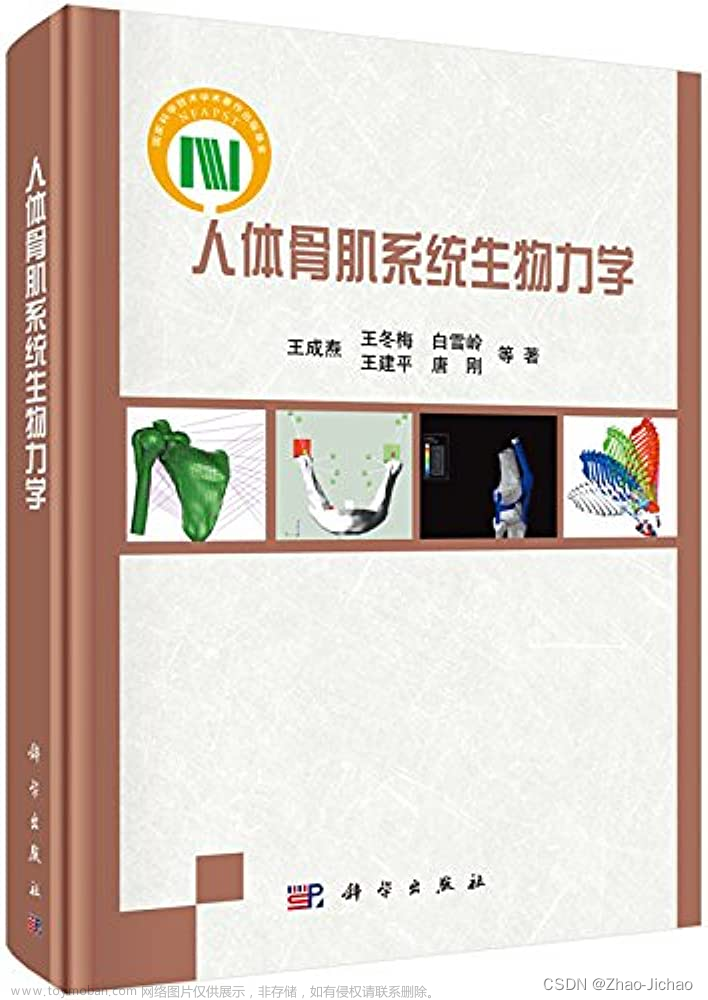//
// ClockViewController.m
// LayerStudyDemo
//
// Created by apple on 2017/9/25.
// Copyright © 2017年 ZY. All rights reserved.
//
#import “ClockViewController.h”
@interface ClockViewController ()
@property (weak, nonatomic) IBOutlet UILabel *hourLabel;
@property (weak, nonatomic) IBOutlet UILabel *minuteLabel;
@property (weak, nonatomic) IBOutlet UILabel *secondLabel;
@property (nonatomic, weak) NSTimer *timer;
@end
@implementation ClockViewController
- (void)viewDidLoad {
[super viewDidLoad];
// Do any additional setup after loading the view from its nib.
self.timer = [NSTimer scheduledTimerWithTimeInterval:1.0f target:self selector:@selector(showTime) userInfo:nil repeats:YES];
}
-(void)showTime{
NSCalendar * calendar = [[NSCalendar alloc]initWithCalendarIdentifier:NSCalendarIdentifierChinese];
NSUInteger units = NSCalendarUnitHour | NSCalendarUnitMinute | NSCalendarUnitSecond;
NSDateComponents *components = [calendar components:units fromDate:[NSDate date]];
CGFloat hoursAngle = (components.hour / 12.0) * M_PI * 2.0;
//calculate hour hand angle //calculate minute hand angle
CGFloat minsAngle = (components.minute / 60.0) * M_PI * 2.0;
//calculate second hand angle
CGFloat secsAngle = (components.second / 60.0) * M_PI * 2.0;
//设置锚点
self.hourLabel.layer.anchorPoint =self.minuteLabel.layer.anchorPoint =self.secondLabel.layer.anchorPoint = CGPointMake(0.5f, 0.9f);
//rotate hands
self.hourLabel.transform = CGAffineTransformMakeRotation(hoursAngle);
self.minuteLabel.transform = CGAffineTransformMakeRotation(minsAngle);
self.secondLabel.transform = CGAffineTransformMakeRotation(secsAngle);
}
- (void)didReceiveMemoryWarning {
[super didReceiveMemoryWarning];
// Dispose of any resources that can be recreated.
}
/*
#pragma mark - Navigation
// In a storyboard-based application, you will often want to do a little preparation before navigation
- (void)prepareForSegue:(UIStoryboardSegue *)segue sender:(id)sender {
// Get the new view controller using [segue destinationViewController].
// Pass the selected object to the new view controller.
}
*/
@end
-
坐标系和Hit Testing
CALayer 并不关心任何响应链事件,所以不能直接处理触摸事件或者手势。但是它有一系列的方法帮你处理事件: -containsPoint: 和 -hitTest: 。
-containsPoint:接受一个在本图层坐标系下的CGPoint,如果这个点在图层frame范围内就返回YES。
-hitTest:方法同样接受一个CGPoint类型参数,而不是BOOL类型,它返回图层本身,或者包含这个坐标点的叶子节点图层。这意味着不再需要像使用-containsPoint:那样,人工地在每个子图层变换或者测试点击的坐标。如果这个点在最外面图层的范围之外,则返回nil。
//
// HitTestingViewController.m
// LayerStudyDemo
//
// Created by apple on 2017/9/25.
// Copyright © 2017年 ZY. All rights reserved.
//
#import “HitTestingViewController.h”
@interface HitTestingViewController ()
@property (weak, nonatomic) IBOutlet UIView *wildView;
@property (nonatomic, strong) CALayer *innerLayer;
@end
@implementation HitTestingViewController
- (void)viewDidLoad {
[super viewDidLoad];
[self creatInnerLayer];
}
-(void)creatInnerLayer{
self.innerLayer = [CALayer layer];
self.innerLayer.frame = CGRectMake((self.wildView.frame.size.width-100)/2, (self.wildView.frame.size.height-100)/2, 100.0f, 100.0f);
self.innerLayer.backgroundColor = [UIColor blueColor].CGColor;
//add it to our view
[self.wildView.layer addSublayer:self.innerLayer];
}
// containsPoint 判断较麻烦,需要把坐标转换图层成每个坐标系下的坐标
-(void)touchesBegan:(NSSet<UITouch *> *)touches withEvent:(UIEvent *)event{
CGPoint point = [[touches anyObject] locationInView:self.view];
//将点击的点从以 self.view.layer 为父类的坐标系转到self.wildView.layer为父类的坐标系
point = [self.wildView.layer convertPoint:point fromLayer:self.view.layer];
if ([self.wildView.layer containsPoint:point]) {
//convert point to blueLayer’s coordinates
point = [self.innerLayer convertPoint:point fromLayer:self.wildView.layer];
if ([self.innerLayer containsPoint:point]) {
[[[UIAlertView alloc] initWithTitle:@“Inside innerLayer Layer”
message:nil
delegate:nil
cancelButtonTitle:@“OK”
otherButtonTitles:nil] show];
} else {
[[[UIAlertView alloc] initWithTitle:@“Inside wildView Layer”
message:nil
delegate:nil
cancelButtonTitle:@“OK”
otherButtonTitles:nil] show];
}
}
}
//-(void)touchesBegan:(NSSet<UITouch *> *)touches withEvent:(UIEvent *)event{
//
// CGPoint point = [[touches anyObject] locationInView:self.view];
// //返回点击layer
// CALayer * hitLayer = [self.wildView.layer hitTest:point];
// if (hitLayer==self.innerLayer) {
//
// [[[UIAlertView alloc] initWithTitle:@“Inside innerLayer Layer”
// message:nil
// delegate:nil
// cancelButtonTitle:@“OK”
// otherButtonTitles:nil] show];
自我介绍一下,小编13年上海交大毕业,曾经在小公司待过,也去过华为、OPPO等大厂,18年进入阿里一直到现在。
深知大多数前端工程师,想要提升技能,往往是自己摸索成长或者是报班学习,但对于培训机构动则几千的学费,着实压力不小。自己不成体系的自学效果低效又漫长,而且极易碰到天花板技术停滞不前!
因此收集整理了一份《2024年Web前端开发全套学习资料》,初衷也很简单,就是希望能够帮助到想自学提升又不知道该从何学起的朋友,同时减轻大家的负担。


既有适合小白学习的零基础资料,也有适合3年以上经验的小伙伴深入学习提升的进阶课程,基本涵盖了95%以上前端开发知识点,真正体系化!

由于文件比较大,这里只是将部分目录截图出来,每个节点里面都包含大厂面经、学习笔记、源码讲义、实战项目、讲解视频,并且会持续更新!
如果你觉得这些内容对你有帮助,可以扫码获取!!(资料价值较高,非无偿)

最后
技术是没有终点的,也是学不完的,最重要的是活着、不秃。零基础入门的时候看书还是看视频,我觉得成年人,何必做选择题呢,两个都要。喜欢看书就看书,喜欢看视频就看视频。最重要的是在自学的过程中,一定不要眼高手低,要实战,把学到的技术投入到项目当中,解决问题,之后进一步锤炼自己的技术。
技术学到手后,就要开始准备面试了,找工作的时候一定要好好准备简历,毕竟简历是找工作的敲门砖,还有就是要多做面试题,复习巩固。有需要面试题资料的朋友点击这里即可获取!!!。文章来源:https://www.toymoban.com/news/detail-848703.html

最后
技术是没有终点的,也是学不完的,最重要的是活着、不秃。零基础入门的时候看书还是看视频,我觉得成年人,何必做选择题呢,两个都要。喜欢看书就看书,喜欢看视频就看视频。最重要的是在自学的过程中,一定不要眼高手低,要实战,把学到的技术投入到项目当中,解决问题,之后进一步锤炼自己的技术。
技术学到手后,就要开始准备面试了,找工作的时候一定要好好准备简历,毕竟简历是找工作的敲门砖,还有就是要多做面试题,复习巩固。有需要面试题资料的朋友点击这里即可获取!!!。
[外链图片转存中…(img-Ud4Up8aA-1711653321451)]文章来源地址https://www.toymoban.com/news/detail-848703.html
到了这里,关于Core Animation实战三(图层几何学)的文章就介绍完了。如果您还想了解更多内容,请在右上角搜索TOY模板网以前的文章或继续浏览下面的相关文章,希望大家以后多多支持TOY模板网!

![[足式机器人]Part3机构运动微分几何学分析与综合Ch03-1 空间约束曲线与约束曲面微分几何学——【读书笔记】](https://imgs.yssmx.com/Uploads/2024/02/677088-1.png)










